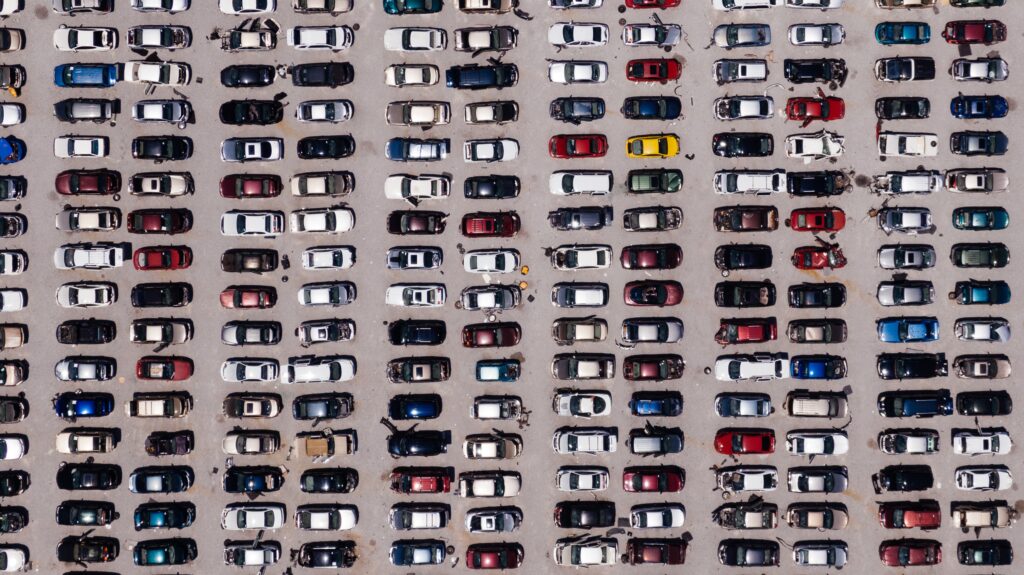Year after year, we’re told by meteorologists and climatologists that we experienced the hottest summer on record. As we approach another scorcher, it’s important that we acknowledge the disparities in the summer experienced by marginalized and white communities. For all intents and purposes, they are not at all the same.
Neighborhoods dominated by Black and Brown residents are, on average, hotter than those filled with white residents.
In Maryland, for example, areas with a high percentage of people of color are 6 degrees Fahrenheit warmer than the city’s coolest sections. That difference may not sound like a lot initially. But scientists have argued that an increase in average temperature by 3 degrees Celsius would have catastrophic effects on the planet. A difference that is three times that measure is significant to say the least.
To understand how this came to be, like so many other ills that marginalized communities are subjected to in this country, you’d have to consider the housing discrimination of the 1900s.
Redlining was a practice by which banks systematically denied giving home loans to applicants of color depending on their preferred destination. Bankers were able to segregate large cities like Chicago, Atlanta, and Detroit almost singlehandedly. The effects of their efforts are around to this day. Large ethnic populations often occupy separate sections of cities than their white counterparts.
Such discrimination is the original sin of sorts for a number of systemic issues faced by Black and Brown Americans. Once local lawmakers could label entire swaths of land as minority-dominated, they were given electoral license to disrupt investment. Instead of allocating resources to community building and infrastructure in nonwhite areas, leaders would adopt a hands-off policy that has prevented intergenerational wealth creation.
Heat inequality is just one symptom of this larger disease. Opponents of social justice reforms would argue that this disparity is an immutable scientific fact. To some degree, they’d be right.
Built-up, highly urban sections of our cities are often warmer than rural and suburban areas. This is due to the “urban heat island” effect, which posits that concrete, bricks, and other hard surfaces trap heat during the daytime and release it at night. In effect, urban areas full of buildings and bridges are generally warmer.
Like so many other public policies, creating a whopping, almost invisible disparity such as this wasn’t the goal. But Black and Brown citizens are paying the price.
The temperature difference can have real health effects. Heat strokes are more common, asthma is more frequent, and emergency hospital visits total unthinkable amounts of money in warmer temperatures. Health concerns are valid for these warmer spots – as are financial worries.
Even now, the public investment doesn’t match the challenge ahead of us. Cooler, sprawling suburban areas enjoy acres of shady green spaces to combat high summer temperatures. Meanwhile, minority-dominated sections of the same metropolitan area are full of concrete and asphalt parking lots due to a lack of public transportation.

The latter group deserves better than that. As global temperatures continue to rise, it’s this sector of society that will suffer the most.
Solutions to this issue are complex and require a massive paradigm shift in public spending. Allocating resources towards public transportation to reduce reliance on cars is a good start. That may encourage developers to tear up the heat-trapping concrete and swap it with parks. The ensuing shade could provide useful, albeit temporary, relief from the higher-than-average temperatures.
These reforms aren’t easy to achieve, nor simple. Addressing the root cause of such an issue never is. That doesn’t mean, however, it’s a lost cause. As climate change progresses, this issue will demand our attention more and more. The sooner we prioritize solutions, the sooner we can improve all of our neighborhoods.
